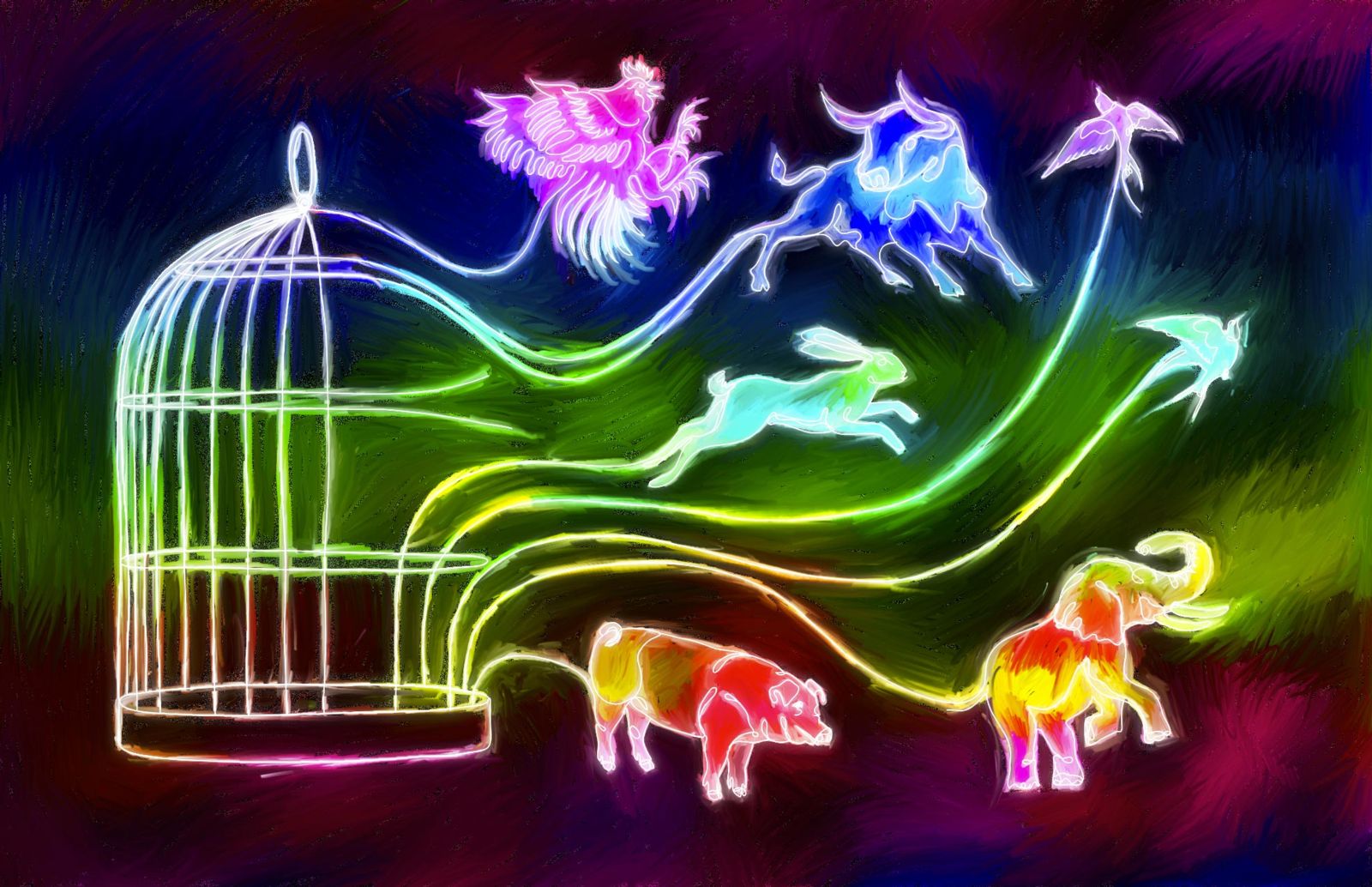Martha Nussbaum’s animal rights theory is a political theory—that is, a vision of life in which every sentient creature who is endowed with abilities and intelligence, and is capable of having a subjective experience of the world, of suffering, and feeling pain and pleasure should have the opportunity to lead a flourishing life according to the characteristics of its species.
But, unlike other theories, Nussbaum’s theory provides guiding elements for the construction of norms and a practical approach to justice (and the identification of injustice). This attribute of the theory lies in the list of capacities offered by the author: spheres of development and decision that, if ensured, would allow any sentient living being to lead a dignified or satisfactory life.
However, what chance does this vision of animal rights have of being incorporated into legal systems to ensure protection and guarantees of a dignified life for at least some sentient creatures?
In Latin American countries, the development of animal welfare legislation has been fragmented, exclusive, and lacking in guarantees. Fragmented, because it has followed not an ethical or philosophical vision of the protection due to animals, much less a state policy, but rather citizen pressures that have managed to place some issues on the legislative agenda.
Exclusive, because it is plagued by zones of exception—activities cruel to animals that, for political or commercial interests, remain unregulated or to which only economic or sanitary norms apply that do not take into account the interests of the animals, as is the case in the food industry.
And not very protective, because it establishes only negative obligations of protection, such as not causing unnecessary suffering, or positive obligations regarding only essential aspects, such as providing food. Moreover, these obligations are not accompanied by sanctions to serve as a deterrent nor by measures to demand justice, because in no country in the region do animals yet have rights in the strict sense of the word.
Even so, this political and cultural reality does not diminish the importance of Nussbaum’s political theory of animal rights. On the contrary, it gives current value to her proposal to enact a virtual constitution as an aspirational guide.This was the original intent behind the Universal Declaration of Animal Rights (1978), whose promulgation has never been confirmed, to guide our local, national, and international normative efforts for the integral welfare of animals.
This proposal has value not because a document has the power to accelerate cultural change or to change political forces, which are always permeated by economic interests, but because of the global consensus that could be stimulated and promulgated on minimums or substantial freedoms in the treatment of and relations with animals in democratic countries governed by social principles and the rule of law.
Furthermore, an international treaty or agreement on the protection of animals, written with a complex vision of their capabilities and of the coresponsibility that summons states, citizens, and institutions, could force governmental decision-making. It could exert pressure on legislative bodies that today avoid discussions or choose to support lax and irrelevant measures that allow them to dodge public claims.
This task, as Nussbaum says, would require much evidence. Not only to contrast, in a testimonial way, flourishing lives with impaired lives, in the interest of encouraging ethical reflection—astonishment, compassion, and indignation—but to make public the miserable and truncated lives of billions of animals in the world and to stimulate public debate about the oppressive systems of which they are victims and the collective responsibility that we share, as rational animals, in overcoming injustice.
In several Latin American countries, similar conflict scenarios exist: cruel spectacles defended as cultural expressions, land and sea transport of animals exploited for consumption, animal traction systems, wildlife trafficking, small animal trade, and millions of homeless cats and dogs, among others. However, the legislative and judicial efforts that have been made in these countries must be recognized and praised.
Although progress in these countries has obeyed a pragmatic and partial vision attached to what is possible, social organizations have mobilized idealistic approaches, such as the theory of capabilities and the recognition of animals as subjects of rights, that are sometimes even reflected in legal norms or motivate progressive judicial decisions.
This is the case in Colombia’s Law 1638 of 2013, which banned the use of wild animals in circus shows by defending the bodily freedom that any creature should enjoy to express its natural behaviors and by demonstrating the mistreatment inherent to their captivity. Or the Bogota Agreement 801 of 2021, which prohibited the commercialization of animals in marketplaces, after revealing the precarious conditions of captivity that, along with posing sanitary problems, did not even allow animals to express basic behaviors.
Certainly, these are not norms that have stimulated the development of capacities in animals, but, by ordering the cessation of cruel activities, they generated different life opportunities for them. On the other hand, although there have been interesting court rulings that have explicitly appealed to the theory of capabilities, so far none have validated the status of any animal as a subject of rights.
Today, in view of the tragic reality of animals around the world, I believe there is enormous value in continuing to seek ways to free them from the worst forms of suffering. But continuing to raise the banner of their capabilities and interests is essential to the ethical and just demand to recognize their rights—even if they are basic, initially—and to change their legal and moral status in our societies.

